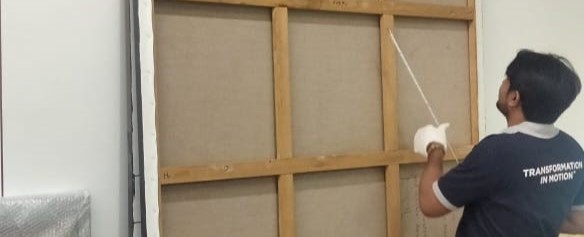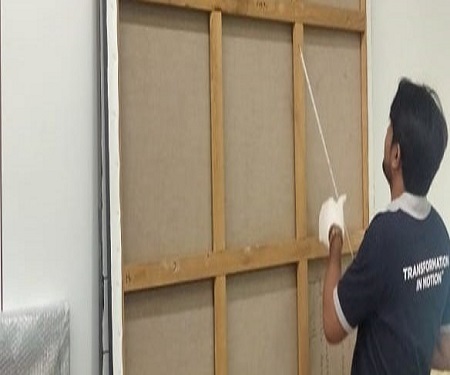High Standards in Packaging
In yesteryears, even though people lack materials, they can still be creative in security art
shipments. These days, there are plenty of supplies available that are both standard and professional. For example, more companies use bioplastic packaging instead of conventional plastic because it's eco-friendly. Furthermore, recent breakthroughs in crates and the crate-making process have resulted in a much higher level of protection for art. When transporting artwork, a custom-crafted wooden crate is often the best option because it provides added security from external forces. In conclusion, state-of-the-art art packaging has become possible due to technological advances that have been made over time.
Well-equipped Storage Facilities
It is now more common to find art storage facilities, which are both more economical and secure than
it was in the past. This option has gained popularity among seasoned and novice art collectors
because it is much safer than storing artwork at home.
Installation Services for Artwork
The process of installation of Art is both complex and difficult, calling for a very keen eye for
detail. A team of specialists experienced in installing artwork is needed - especially when the
piece is large or intricate. The pressure mounts, even more, when an outside company is hired by a
gallery or museum to handle exhibition installation, which can be an extremely long and boring
process. preparations usually start several months before the exhibition's opening date, so those in
charge must be very precise with their planning and calculations.
Highest Security Level
One of the most traditional aspects of art management is insurance, but there have been recent
advancements in the quality and friendliness of these services. If you hire a reputable provider,
they will take care of all the paperwork for you. Art insurance has become increasingly popular as
it is necessary when transporting artwork internationally or even just relocating it locally. To
ignore this safety measure would be to risk your prized possessions.




 Back to Blogs
Back to Blogs